1. Japan had emperors and shoguns
In Japan, a person known as the emperor, who lost his real political power about 800 years ago, ruled as a priest-king, and a military man ruled the country on behalf of the emperor.
Is this relationship similar to that of caliphs and sultans in the Muslim world?
Or perhaps it is similar to the relationship between the pope and the king in the Christian world.
This military leader is called a ‘Shogun’.
2. Rule by the Tokugawa Shogunate (Edo period)
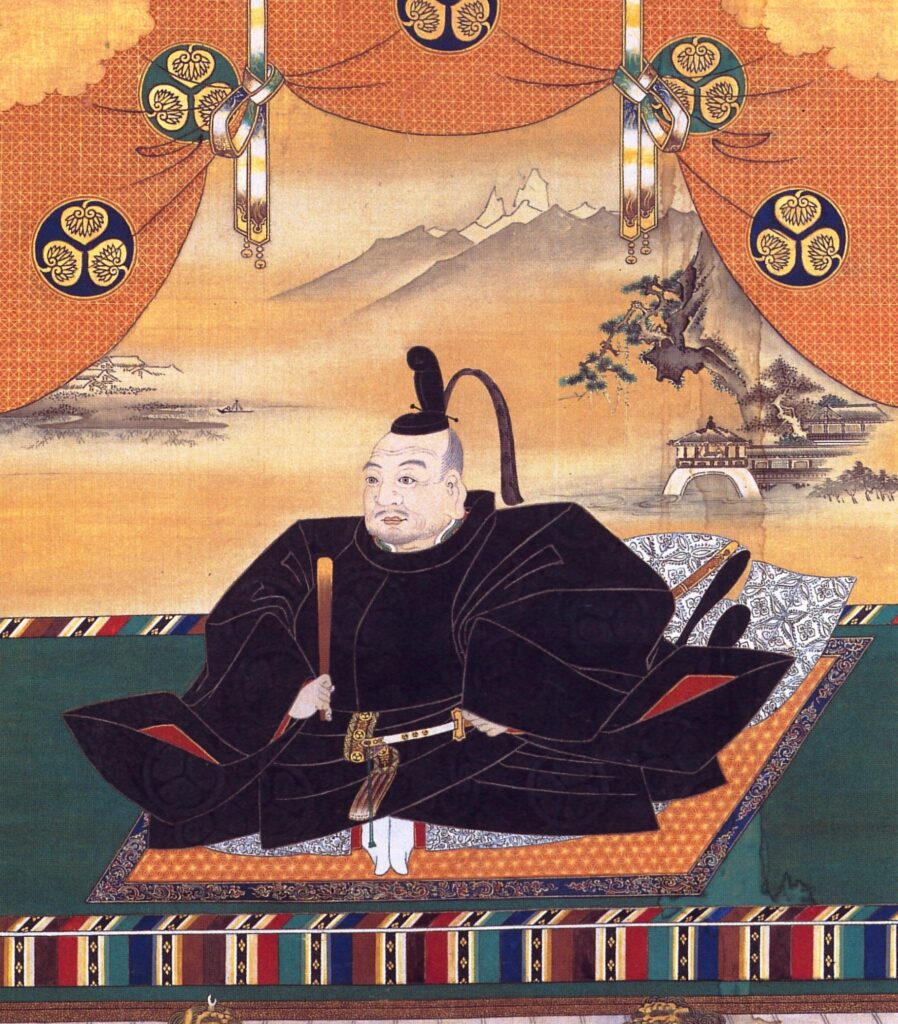
The Owari Tokugawa family of Nagoya was the most powerful of the warrior families
The 264 years of the 19th century (1867), from the time Tokugawa Ieyasu completely unified Japan in the 17th century (1603) and took up residence and rule in Tokyo until Japan returned to the rule of the Emperor, is known in Japan as the Edo period (Edo means modern Tokyo).
Tokugawa Ieyasu had his sons reside in Nagoya and Wakayama, and if the Tokugawa shoguns had no heir, they would produce an heir from these two families. He also allowed only these two families to use the name ‘Tokugawa’, making them the first of the various feudal lords. The Owari Tokugawa family, which ruled Nagoya, was the first of the three families, including the Mito Tokugawa family, which later joined the group and became known as the ‘Gosanke’ (Three Families) which had the right to produce a shogun.
This is because Ieyasu Tokugawa was originally the lord of Okazaki, near Nagoya.
3. The huge Nagoya Castle is one of the three most famous castles in Japan
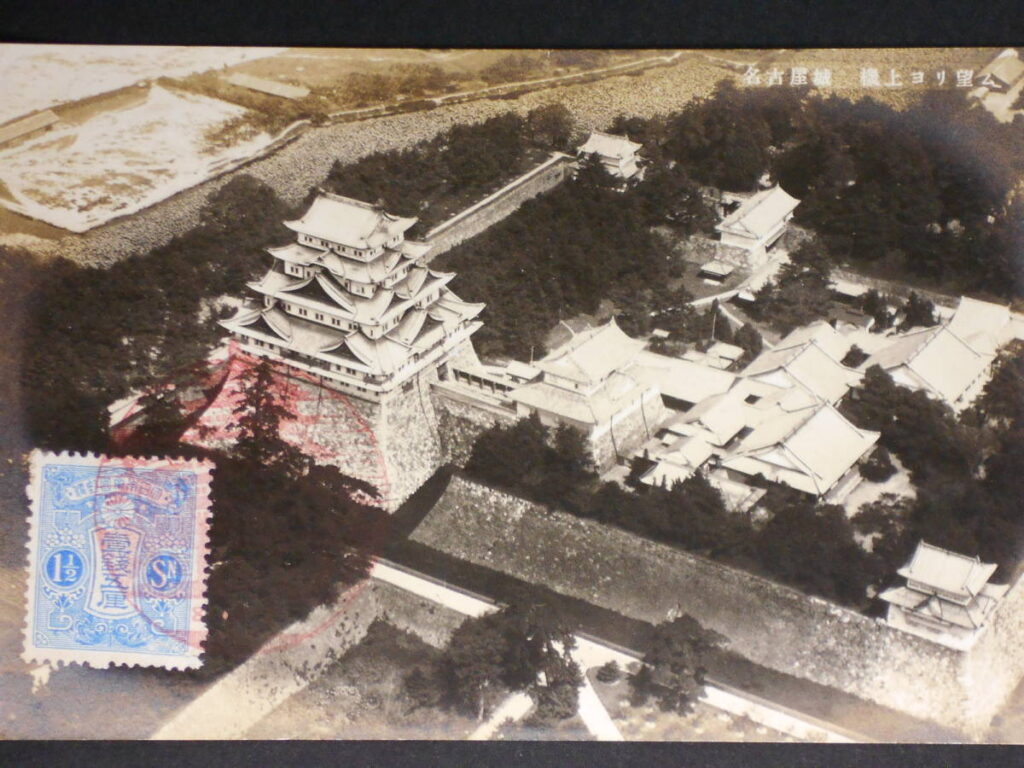
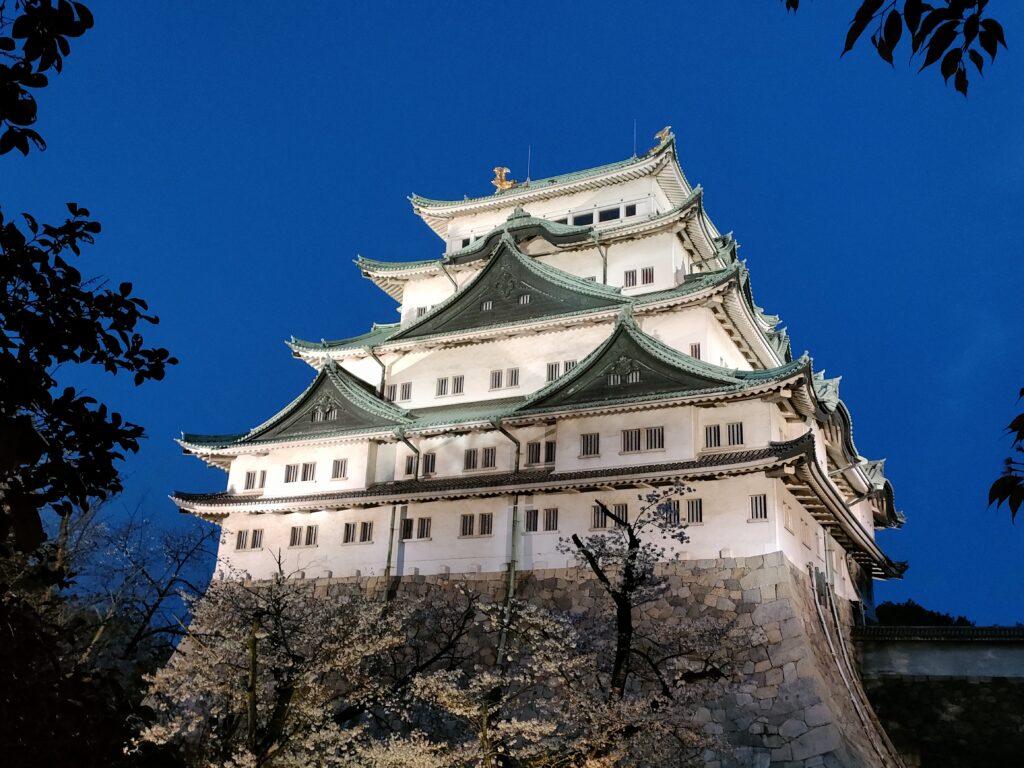
The high status of the family was reflected in the size of their castles, and Nagoya Castle was so large that it intimidated the area for a single feudal lord.
Along with Osaka Castle and Kumamoto Castle, it is one of the three most famous castles in Japan.
Not many people know this, but I am from neighbouring Gifu Prefecture.
Between Aichi and Gifu prefectures, including Nagoya, there is a river called the Kiso River, which has embankment on both banks to prevent flooding.
The height of these embankments differs between the Aichi Prefecture side, where the Tokugawa family ruled, and the Gifu Prefecture side, where the lords ruled.
Naturally, the embankment on the side of Aichi Prefecture ruled by the Tokugawa family was higher, and in the event of an unexpected flood, the Gifu Prefecture side would take on the floodwaters to protect the Tokugawa’s territory.
4. Did the Owari Tokugawa family eventually have a shogun?
The Owari Tokugawa family was the highest of the samurai vassals, and when the shogun’s successor died, he was to be taken from the Gosanke, the first of his line.
However, in the political struggles of the time, things did not go according to plan, and in the end the Owari Tokugawa family never produced a shogun.
However, after 1867, when the Tokugawa family returned political control to the Emperor, the Owari Tokugawa family was still classified as a marquisate and wielded political and economic power.
5. Reduced to ashes by US air raids in World War II

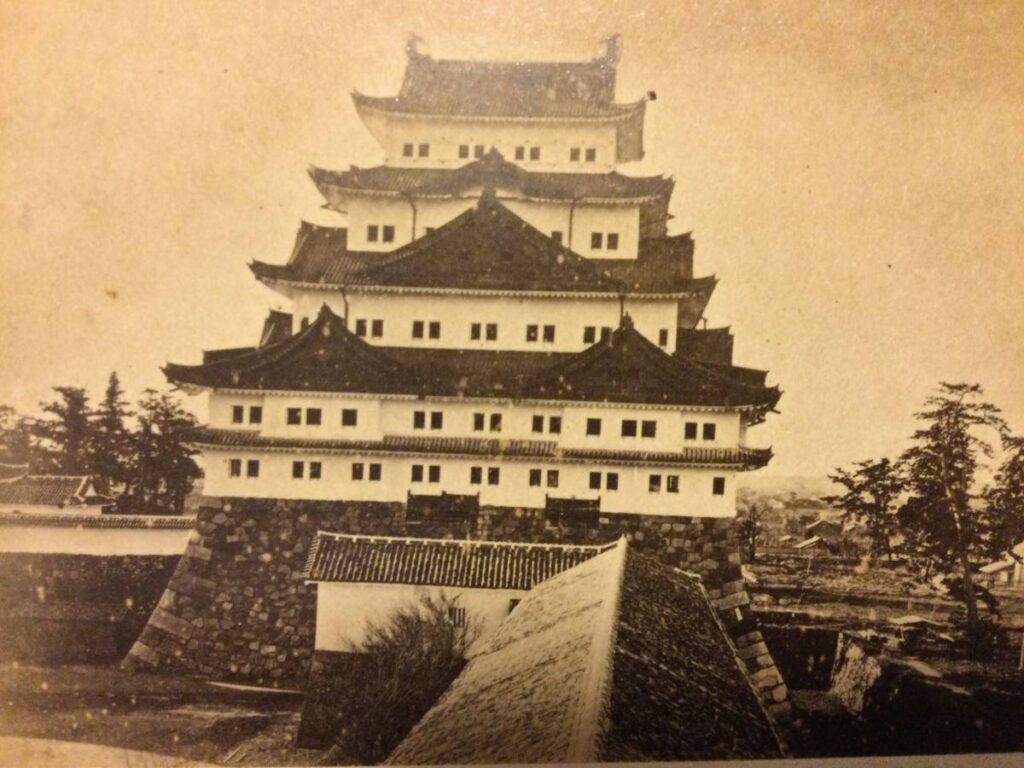
However, during the Second World War, Nagoya Castle was burnt to the ground and left in ruins during an air raid by the US Army.
The castle was later rebuilt in concrete, but only the exterior was the same as before, while the interior was turned into a museum.
I remember visiting the castle as a child and being disappointed by the lack of any sense of the castle’s structure inside.
6. Reconstruction project
(1) Honmaru Palace ( Goten )
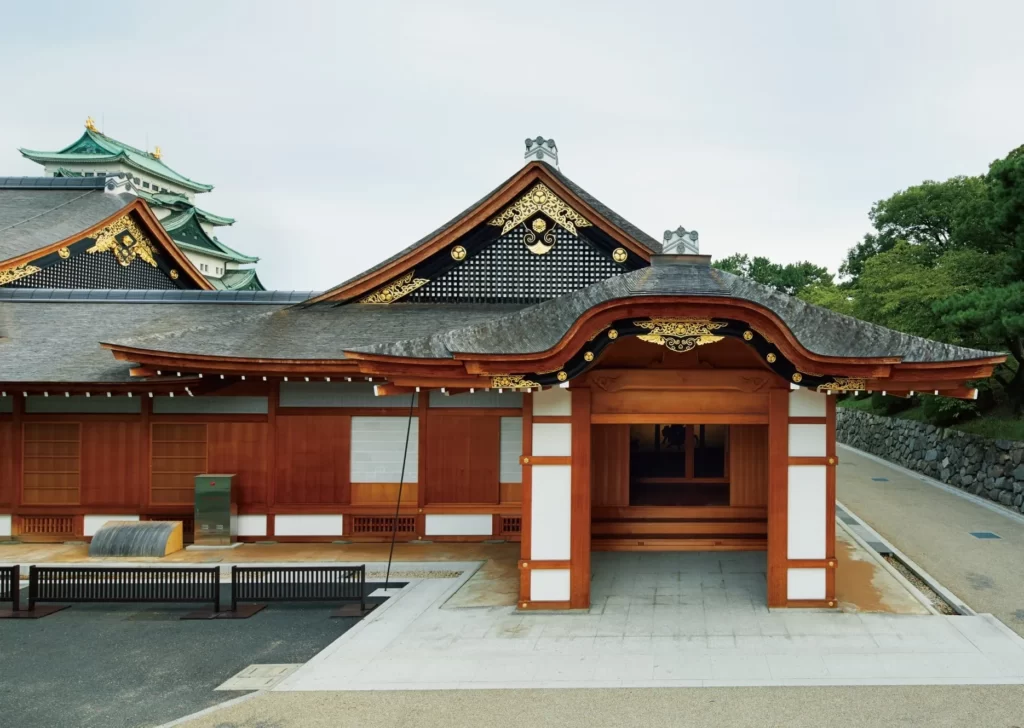

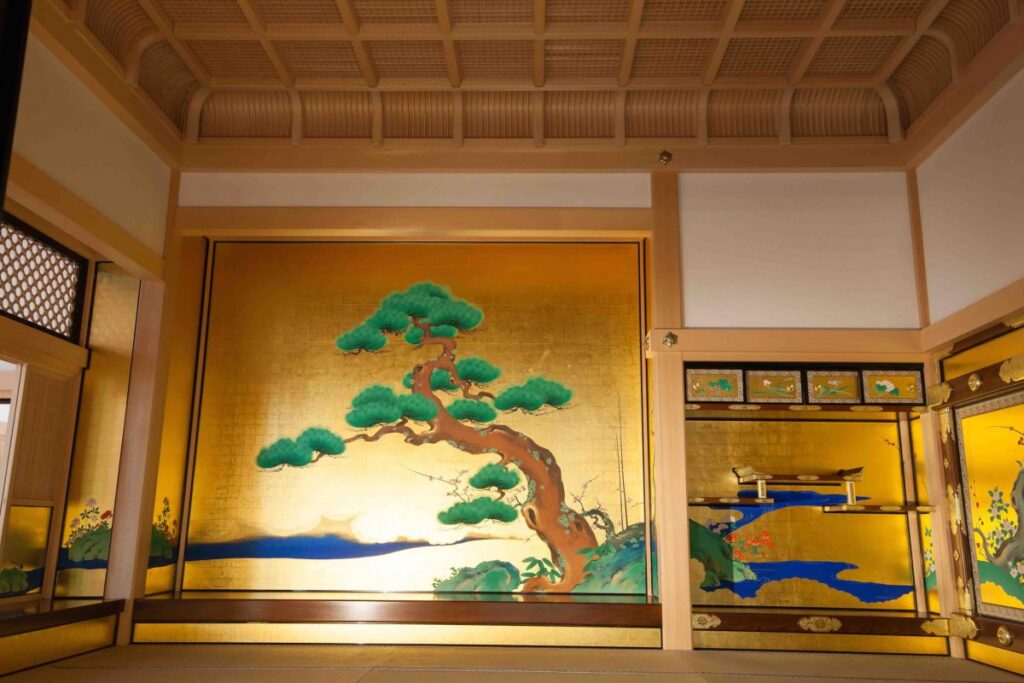
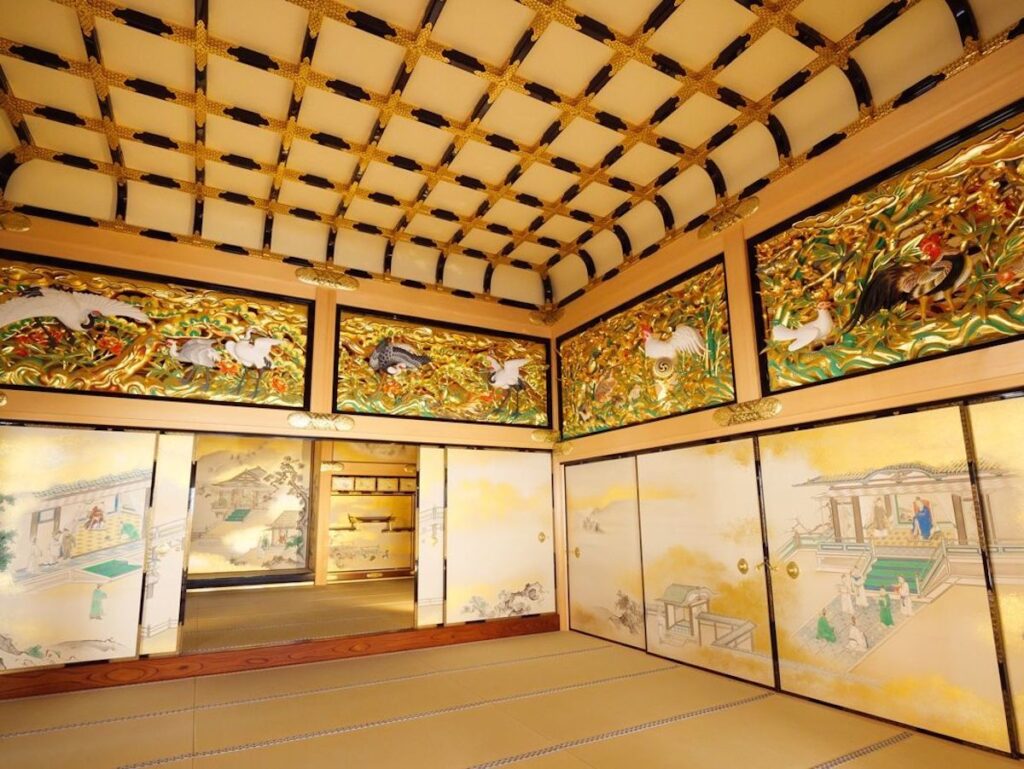
The Honmaru Palace ( Goten ) usually refers to the palace where the feudal lord lived, but in the case of the Owari Tokugawa family, it served as a guesthouse where the shogun stayed when he travelled from Edo (Tokyo) to Kyoto (where the emperor lived at the time). (The shoguns travelled to Kyoto six times in 260 years, three of them by Tokugawa Iemochi in the late Tokugawa period).
Honmaru Palace, which was burnt down in World War II and never rebuilt, has recently been rebuilt.
The reconstruction was criticised by Nagoya residents because of the amount of taxpayers’ money spent, but because detailed blueprints and other information were preserved, they were able to recreate the building as it was in the Edo period.
2. The keep


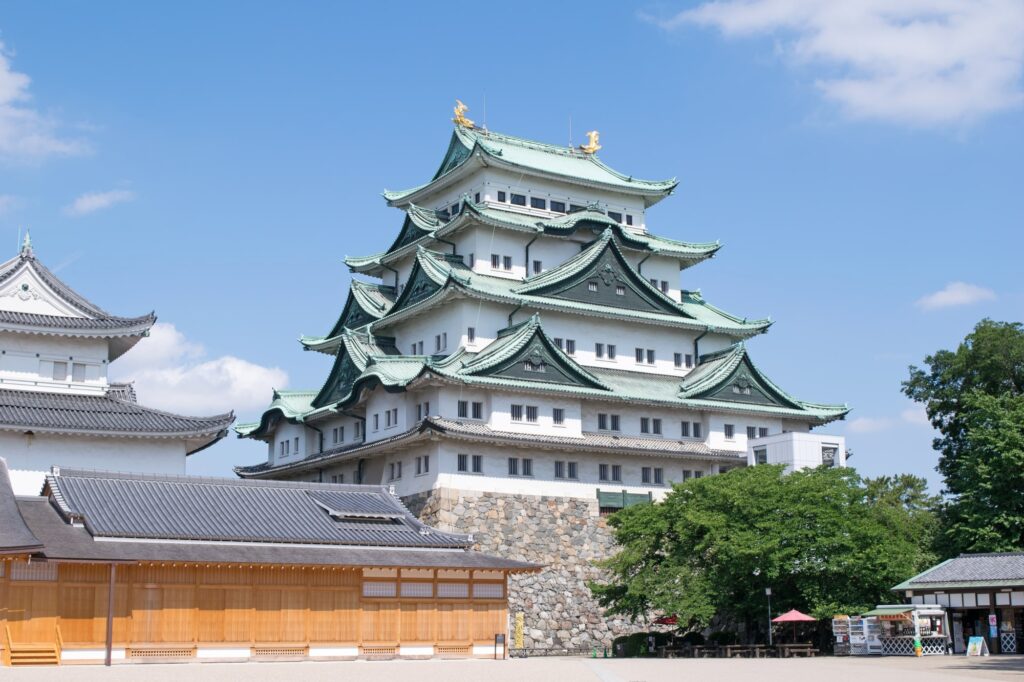
The symbol of the modern castle in Japan, the keep was originally used as a dwelling and a last defensive base during battles, but gradually became a symbol of the castle and was used as a storehouse, with the feudal lord living in a separate palace or other single-storey building.
From a distance, however, it is magnificent, and Nagoya Castle is famous for the golden shachihoko that adorn its roof.
The keep has been rebuilt in concrete, but its age has led to plans to restore it to its original Edo-era wooden structure.
The mayor’s wish to keep the castle as it was in the Edo period and the disabled association’s wish to install a lift for the disabled have been the subject of much debate.
No decision has yet been made on how to rebuild.
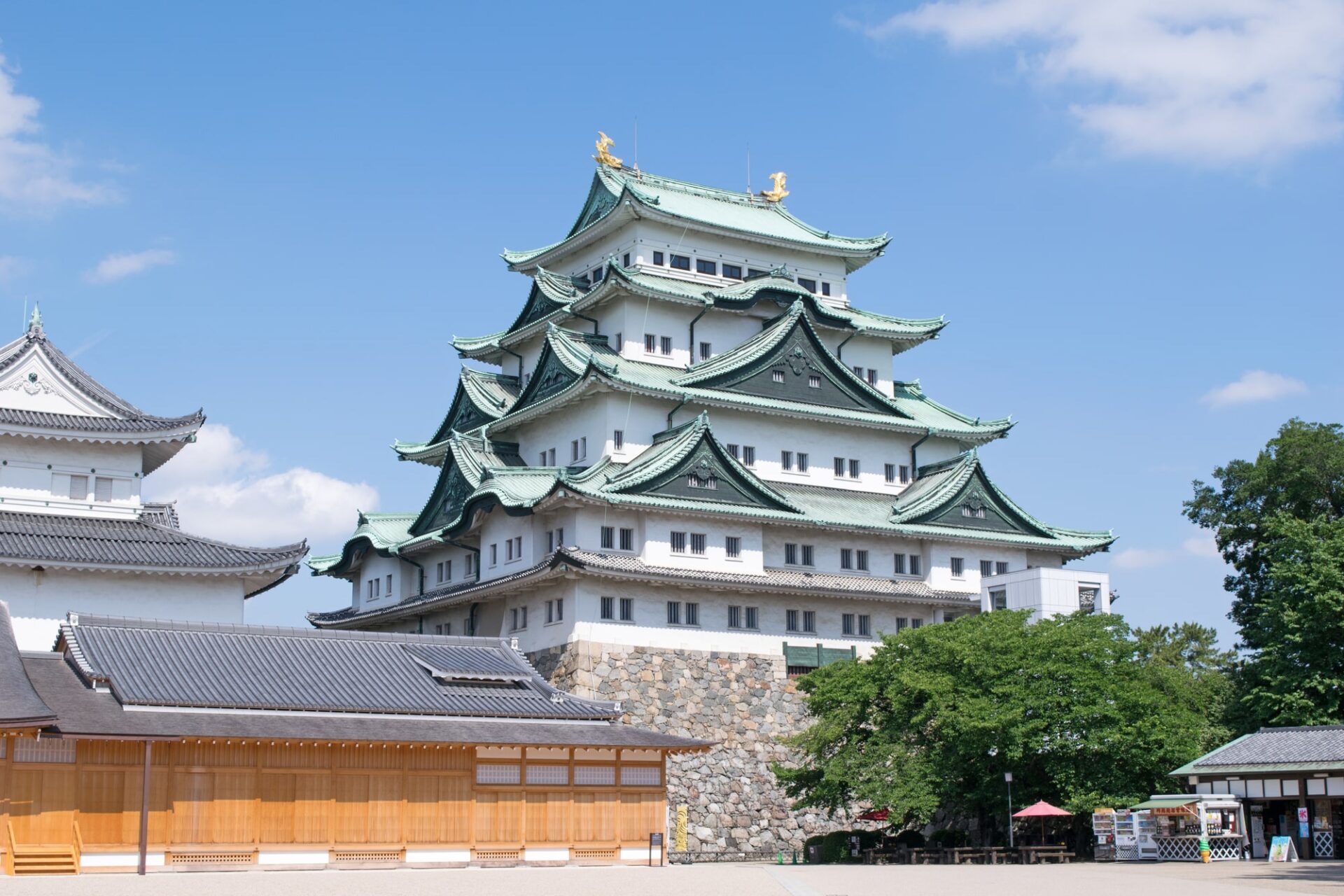


コメント